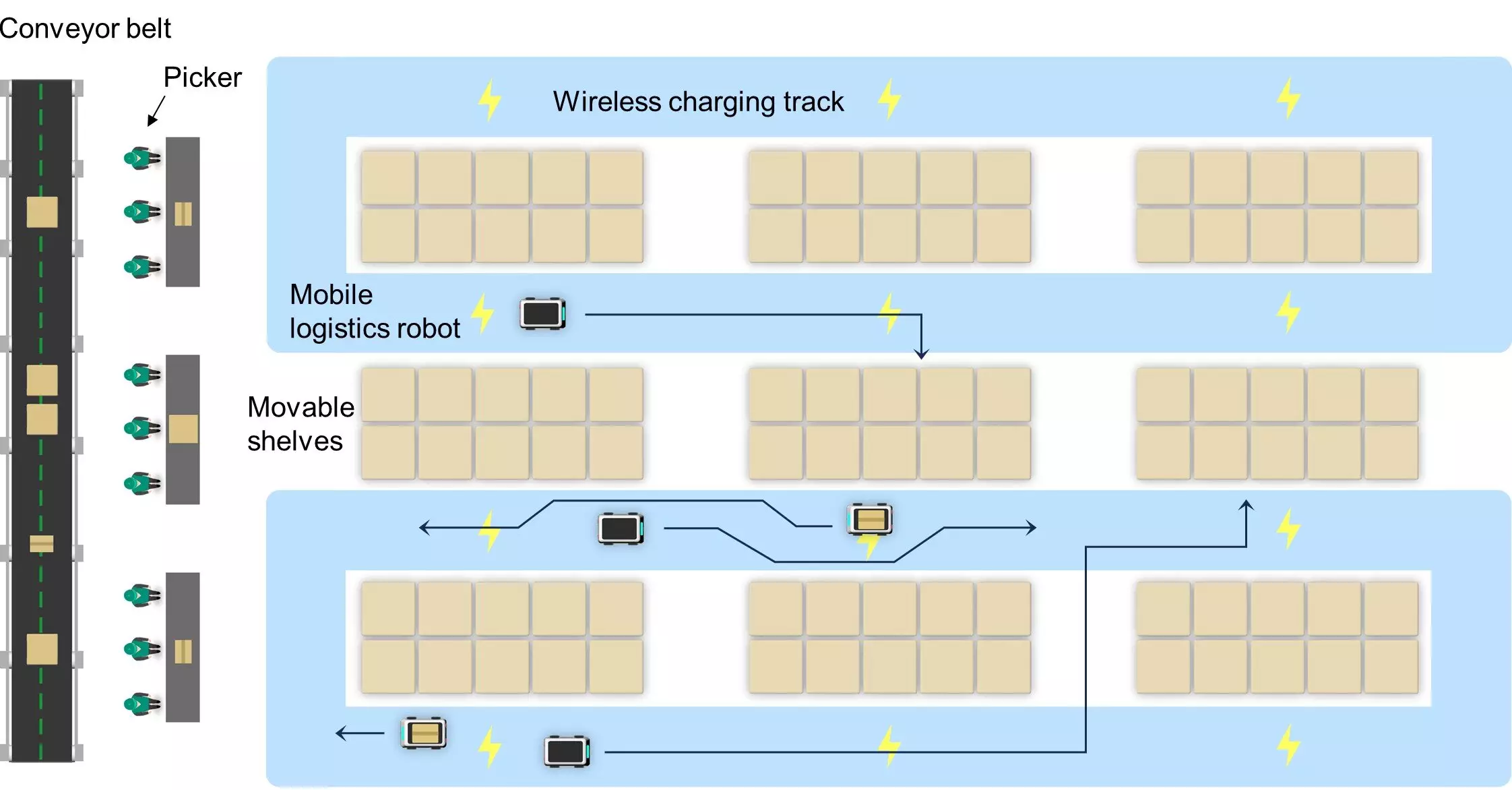The electric vehicle (EV) sector is on the brink of a remarkable transformation, largely driven by innovative advancements in technology. Recent developments by a dedicated research team at UNIST have unveiled a groundbreaking wireless charging system that holds the potential to drastically change the landscape of EV infrastructure. This progressive technology enables vehicles to receive an uninterrupted power supply while in motion, effectively eliminating the need for drivers to seek dedicated charging stations.
Under the leadership of Professor Franklin Bien from the Department of Electrical and Electronic Engineering, this initiative reveals the promising potential of wireless power transfer. The essence of this technology lies in its design: a specialized track system that uses a network of wires to create a robust and expansive magnetic field. This magnetic field does not rely on the costly ferromagnetic materials typically associated with existing charging solutions, thereby lowering production costs and enhancing practicality for widespread use.
How the Technology Works
The operational mechanism behind this wireless charging track involves the generation of an electromagnetic field created by an electric current. This current flows through a network of wires, establishing a circular magnetic field that is both efficient and expansive. As vehicles traverse these power supply tracks, they can do so without the constraints of physical charging ports, maneuvering comfortably in both forward and reverse directions.
Additionally, the research team developed advanced algorithms designed to optimize the configurations of power supply tracks and the corresponding receivers on vehicles. With this optimization, the technology boasts an impressive power transfer efficiency that can reach up to 90%. This is a significant advancement compared to traditional methodologies which often rely heavily on ferromagnetic materials susceptible to high costs and durability issues.
The implications of wireless charging technology extend beyond mere convenience. One of the primary hurdles for electric vehicles has been the prolonged charging times alongside limited ranges between charges. Professor Bien emphasizes the necessity for transportation systems, especially electric vehicles, to achieve true flexibility—not only moving horizontally but vertically as well. Although current technologies have failed to realize this vision fully, the wireless charging system from UNIST paves the way toward such capabilities.
Beyond functionality, the team has taken rigorous measures to ensure that this innovative technology adheres to the safety standards established by leading organizations like the Institute of Electrical and Electronics Engineers (IEEE) and the International Commission on Non-Ionizing Radiation Protection (ICNIRP). These verifications are crucial in establishing public trust and ensuring that such metropolitan infrastructures do not pose health risks to users.
The advent of this wireless charging technology represents a significant leap forward for electric vehicles. By addressing key limitations related to charging times and operational flexibility, such innovations could redefine how EVs are integrated into our daily lives and urban environments. The next steps will involve further testing, optimization, and potential real-world applications that could set a new standard in electric vehicle operation and infrastructure. As the automotive industry continues to evolve, solutions such as these will undoubtedly play a vital role in promoting sustainable transportation alternatives worldwide.

